|
Dear Global Impact Readers,
The adage goes “with great power comes great responsibility”, but who is responsible when the great power needed to light up and drive the world’s most populous nation runs out?
At the moment, Mother Nature is the main suspect behind China’s second power crisis in less than a year, having hit the southwestern Chinese province of Sichuan in July and August after drought wreaked havoc on the hydropower-reliant region.
In this issue, Wendy Wu, the Post’s economy editor, looks back at the latest crisis and asks what is next for China as it seeks energy security.
In other news, we will be taking a break from our regular schedule in the coming weeks as China’s 20th party congress looms into view. Given the magnitude of the five-yearly event where major leadership changes are announced, and where Xi Jinping is expected this year to secure a third term as party’s leader, we will be focusing the coming issues on the key event that gets under way in Beijing from October 16.
As the Post always looks to provide our readers with a window into China, given the 20th party congress will take up so much of the view over the next couple of months, we felt it only right we devote our flagship newsletter to such a key event to bring the latest news and analysis from our team of reporters in China and around the world straight into your inbox each week.
Andrew Mullen
Deputy Editor, Political Economy
Challenges ahead for China
When the Baihetan Dam, the world’s second-largest hydropower plant, located in the southwestern Chinese province of Sichuan, became fully operational in July and began sending electricity more than 2,000km across China - eastward to Jiangsu province via a newly established ultra-high-voltage grid - few could have foreseen that a drought-induced power crisis was looming on the horizon.
Scorching heatwaves from July to August - unseen in six decades - coupled with a sharp drop in rainfall to roughly 60 per cent of the previous level, have reduced the water inflows to reservoirs, dried up some lakes and hampered shipping around the Yangtze River basin where many of the country’s economic hubs are located.
As a result, China suffered another power crisis in the space of a year, after an electricity shortage hit more than 20 provinces in the third quarter of 2021, which was partly due to the mismanagement of Beijing’s low-carbon push.
Sichuan, the biggest hydropower producer and supplier in China, was hit the hardest, along with the neighbouring municipality of Chongqing. Power rationing and factory closures were enforced, and public events and business trips were cancelled or postponed to prioritise residential power.
The power shortage, rigid zero-Covid controls and a protracted real estate crisis present challenges to social and economic stability ahead of the 20th party congress while testing Beijing’s capabilities to deal with unintended consequences amid the already bleak economic outlook.
Though the heatwaves have subsided, the drought is yet to recede completely along the Yangtze River, posing risks to the autumn harvest, which accounts for around 75 per cent of China's grain output.
And the situation threatens to become worse still as this year’s rainy season has come to an end. The state weather centre has warned that the drought may drag into the autumn, while concerns persist that water transport will be impacted until next spring, and that the water supply to manufacturers may also fall short.
Construction of a megacity cluster has begun in Sichuan and Chongqing to energise growth in the southwest and it is expected to lead to a surge in power demand in the region and reduce Sichuan’s supply capacity to east China.
So, what next? There is no doubt that we are facing a more unpredictable nature. Clean energy, such as solar, wind and hydropower, have yet to become a sustainable alternative to fossil fuels.
Technological breakthroughs on renewable power storage, along with the ability to maintain stable power supplies in adverse conditions, remain yet within reach for Beijing, although it has been firm on its decarbonisation target of 2060, which could lead to a tug of war between energy security and clean energy.
Beijing has repeatedly stressed that energy and food security are pillars for its broad security strategy, after tensions and rivalries with the US-led Western nations escalated in recent years.
The issue has gained more urgency in the wake of global market turmoil induced by Russia’s invasion of Ukraine and the looming global recession.
The crisis also refuelled discussions on reducing investments in high-voltage grid networks, which supply power from the resource-rich west to energy-intensive east. A more efficient energy mix and decentralised power structure may be one option, to allow local authorities greater flexibility and self-sufficiency over power use in emergencies.
It would also mean a new challenge for China’s market-oriented reform of the electricity sector that started 20 years ago, but is yet to set up a functional power market.
|
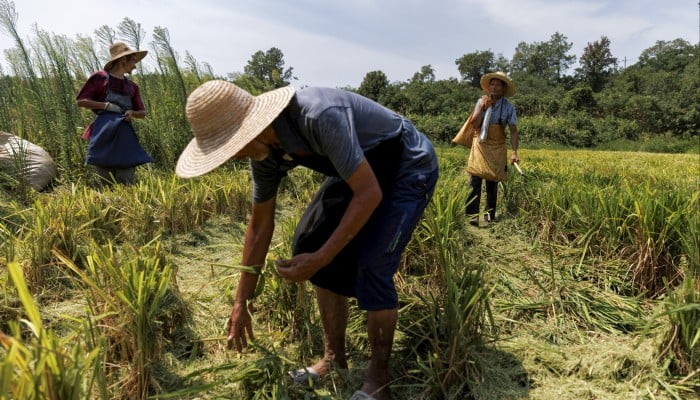
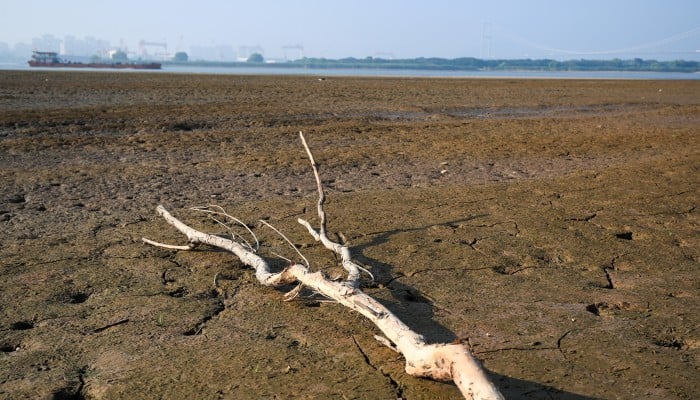
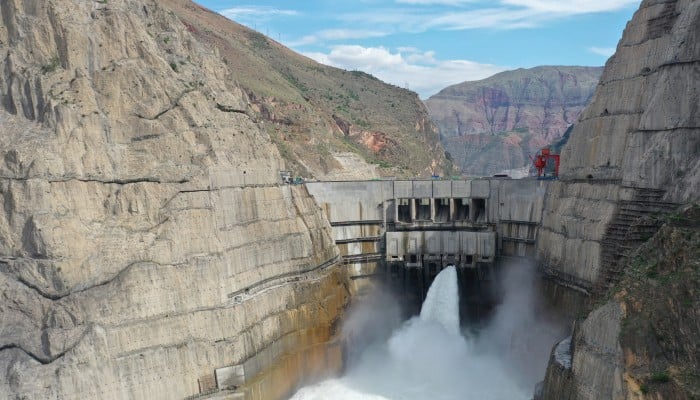


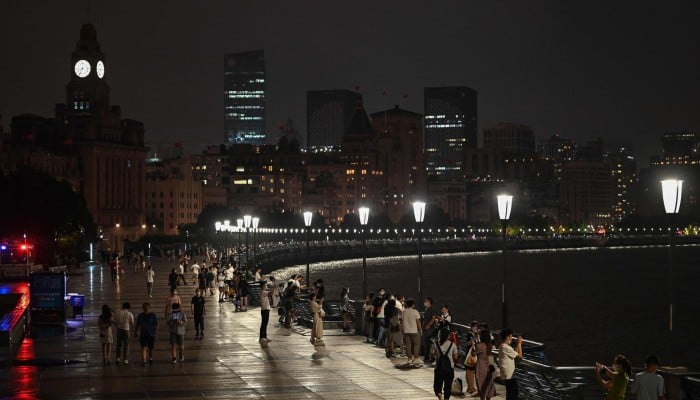

_20220909143355.png)
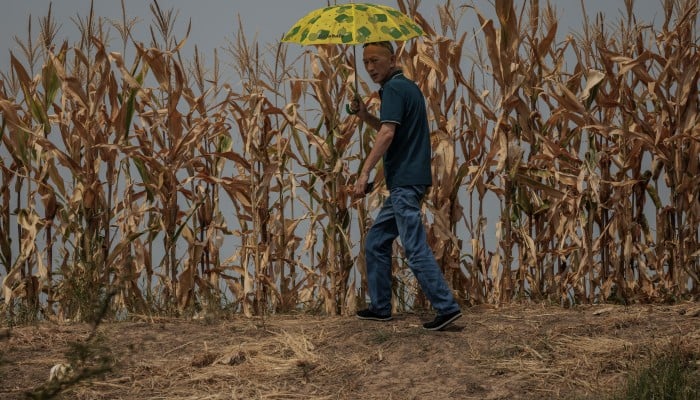
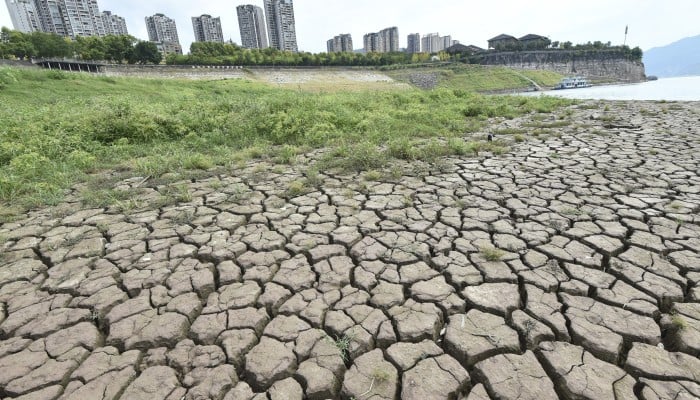







_20220909143355.png)

